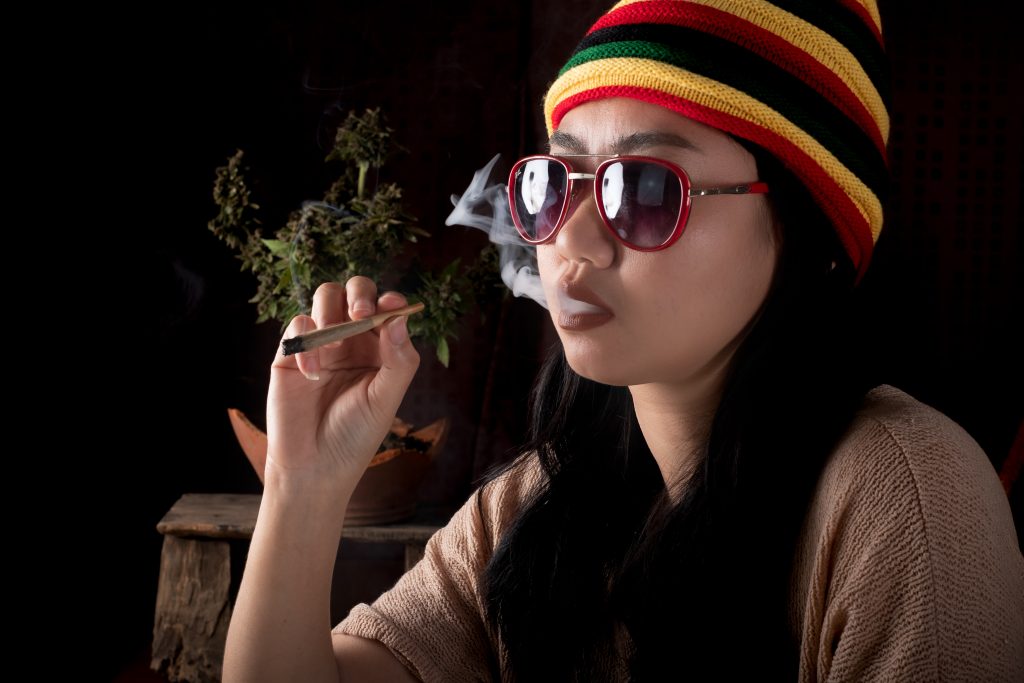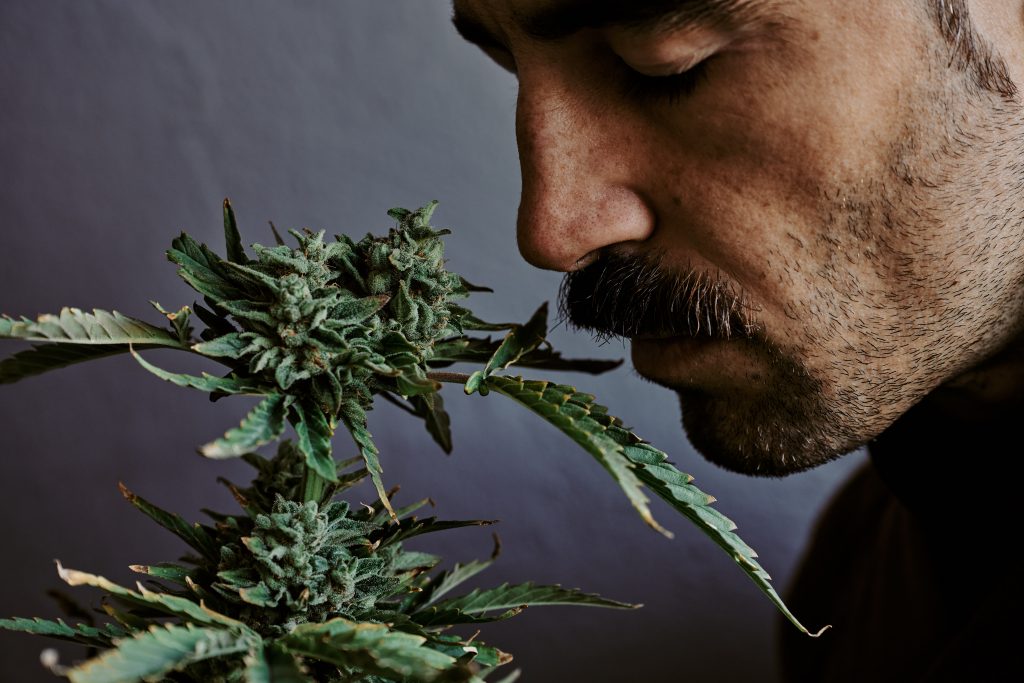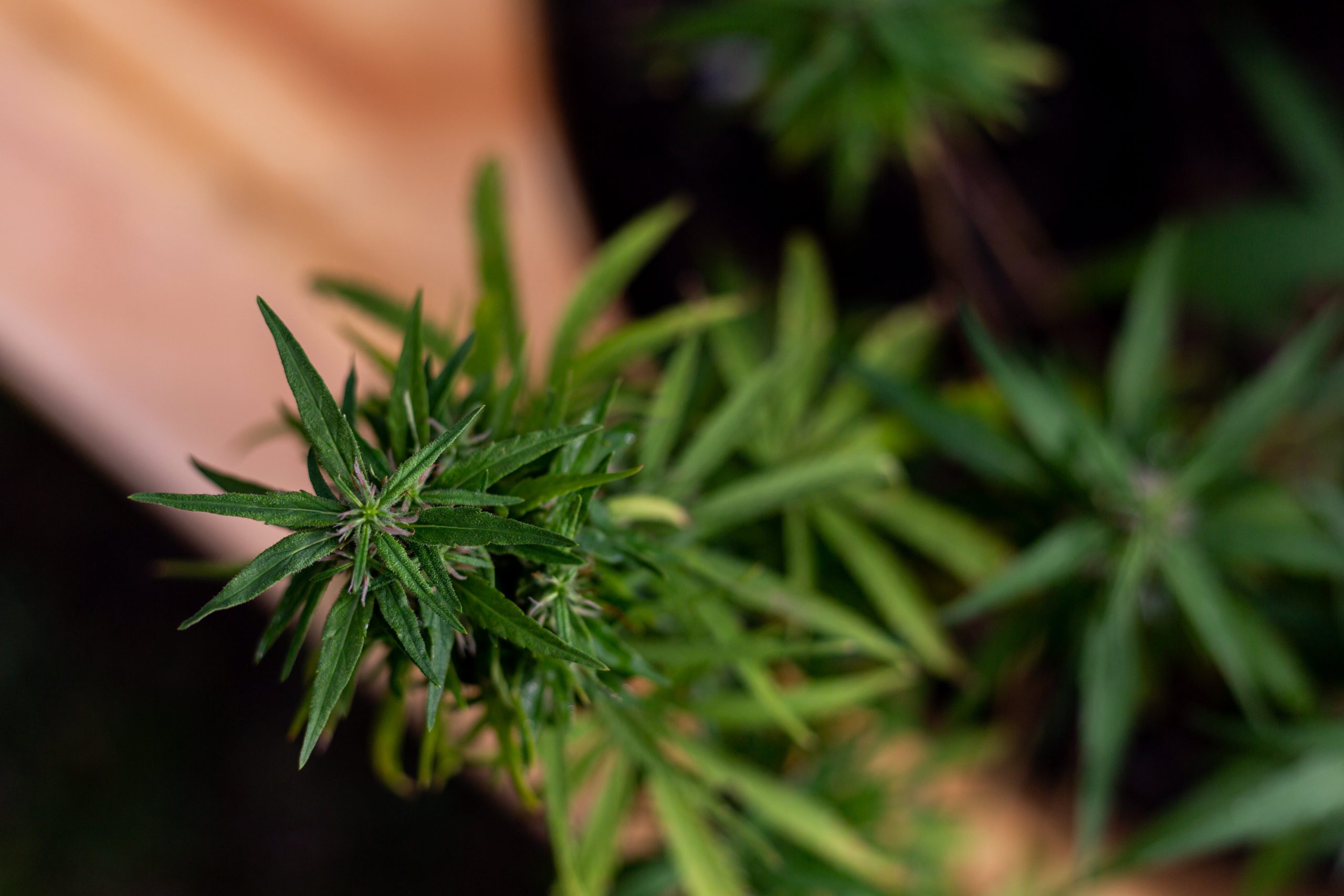Historical cannabis consumption methods can be traced back thousands of years, with evidence of its use in ancient civilizations across the world. From being burned as incense in religious ceremonies to being ingested for its medicinal properties, cannabis has been consumed in various forms throughout history. In ancient China, cannabis was used as a ritual incense, while in India it was often consumed orally in the form of bhang. In the Middle East, hashish was popularized as a concentrated form of cannabis consumption.
In modern times, the landscape of cannabis consumption has evolved significantly. With the legalization of cannabis in many parts of the world, there has been an explosion of new consumption methods and products. From traditional smoking and vaping to edibles, tinctures, and topicals, cannabis can now be consumed in numerous forms to suit individual preferences. The development of cannabis concentrates and extracts has also revolutionized consumption methods, offering higher potency and purity for both recreational and medicinal users.
Moreover, the emergence of cannabis culture has led to the popularity of innovative consumption devices such as bongs, pipes, and dab rigs. Cannabis consumption has become more diverse and accessible than ever, creating a dynamic and rapidly evolving landscape for enthusiasts and consumers.
Traditional Consumption Methods
Traditional consumption methods of various substances, such as tobacco and herbal plants, have been practiced for centuries through methods such as smoking and oral consumption. These methods have significant cultural and historical significance for many indigenous and traditional communities around the world.
Smoking, for example, has been a common method of consuming tobacco in many Native American cultures for spiritual, medicinal, and social purposes. The practice of smoking tobacco has deep-rooted historical and ceremonial significance, and is often used in cultural practices such as prayer ceremonies and traditional healing rituals.
Similarly, oral consumption of herbal plants and other substances has been an integral part of traditional medicinal practices in many cultures. In some traditions, consuming medicinal herbs through methods like brewing teas or making tinctures has been a way to connect with the natural world and harness the healing properties of plants.
These traditional consumption methods are often accompanied by cultural practices and rituals that have been passed down through generations, making them an important part of the cultural identity and heritage of these communities. They serve as a reminder of the historical and cultural significance of these substances and the traditions surrounding their consumption.

Emergence of Alternative Consumption Methods
In recent years, there has been a noticeable shift towards smoke-free options for consuming cannabis. This trend has been driven by the emergence of alternative consumption methods, such as vaporization, which offer a healthier and more discreet way to enjoy the benefits of cannabis. Vaporization involves heating cannabis flower or oil to a temperature that releases the cannabinoids and terpenes without producing smoke. This method not only eliminates the harmful toxins and carcinogens associated with smoking, but also allows for better control over dosage and a more pleasant aroma.
Alongside the rise in popularity of vaporization, there has also been a growing demand for cannabis-infused edibles and beverages. These products, which include everything from gummies and chocolates to teas and sodas, offer a convenient and delicious way to consume cannabis without the need for smoking or vaporizing. As a result, more and more consumers are turning to these non-smoking options, whether for medical or recreational use.
Overall, the emergence of alternative consumption methods reflects a broader shift towards healthier and more diverse ways of enjoying cannabis. With smoke-free options like vaporization and edibles becoming more readily available, individuals have greater flexibility in choosing how they incorporate cannabis into their lifestyle.
The Vaping Revolution
The vaping industry has experienced a significant boom in recent years, with a wide array of vaping devices and e-liquids flooding the market. This growth can be attributed to the increasing popularity of vaping as an alternative to traditional smoking. Vaping devices offer a variety of flavors and nicotine levels, making them attractive to many users.
However, the rise of vaping has also brought about safety considerations and controversies. Health experts have raised concerns about the long-term effects of vaping, especially among young people. There have been reports of serious lung illnesses and even deaths linked to vaping, prompting calls for stricter regulations and warnings about the potential risks.
Furthermore, the marketing tactics used by some vaping companies, particularly those targeting young people, have sparked controversy and drawn criticism from public health officials. The use of enticing flavors and sleek designs has raised concerns about the potential for addiction and nicotine dependence among young users.
As the vaping industry continues to evolve, it is crucial to address these safety considerations and controversies in order to protect public health and ensure that users are well-informed about the potential risks associated with vaping.
Innovations in Edibles and Beverages
Innovations in edibles and beverages in the cannabis industry have been growing rapidly, offering a diverse range of cannabis-infused products to consumers. From gummies and chocolates to beverages and even savory snacks, there is a wide variety of options available. Culinary innovations have led to creative approaches to edibles, with chefs and manufacturers experimenting with different flavors, textures, and dosing methods to create products that appeal to a broad audience.
One of the major trends in the edibles market is the focus on creating products that closely mimic non-infused counterparts. This has led to the development of gourmet chocolates, artisanal baked goods, and high-end beverages that offer a more sophisticated and enjoyable consumption experience. Additionally, there has been a rise in healthier edible options, such as vegan, gluten-free, and low-sugar products, catering to health-conscious consumers.
The infusion of cannabis into beverages has also been a major area of innovation, with companies producing everything from THC-infused sodas and teas to CBD-infused sparkling waters and cocktails. This has opened up a whole new category of products for consumers looking for alternative ways to consume cannabis.
Overall, the constant innovation and creativity in the cannabis edibles and beverages market continue to offer exciting new products and experiences for consumers.
Cannabis Concentrates: Shifting Preferences
In recent years, cannabis concentrates such as wax, shatter, and oils have experienced a significant rise in popularity among cannabis consumers. These concentrates are highly potent forms of cannabis that are extracted from the plant using various methods such as butane extraction, CO2 extraction, or solventless extraction.
One of the key reasons behind the increase in popularity of concentrates is their high potency, which is appealing to many individuals looking for a more intense and quick-acting cannabis experience. Additionally, concentrates are highly versatile and can be consumed in a variety of ways, such as dabbing, vaporizing, or adding to edibles.
Consumption trends have also shifted towards concentrates due to their perceived health benefits, as they are often considered a cleaner and more pure form of cannabis compared to traditional flower. Furthermore, the convenience and discretion of using concentrates have also contributed to their growing popularity, especially among medical cannabis users.
As the cannabis industry continues to evolve, it is clear that concentrates are becoming a preferred choice for many consumers seeking a more potent and efficient cannabis experience. This trend is likely to continue as more innovative extraction methods and products are developed to meet the demands of the market.
Regulatory Challenges and Considerations
Innovative consumption methods, such as edibles and vape products, have raised a number of legal implications and regulatory challenges. Ongoing debates revolve around standardization and labeling of these new products, particularly in the cannabis industry.
One of the major concerns is ensuring that these innovative methods meet the same safety and quality standards as traditional consumption methods. This includes accurate dosing, appropriate packaging, and consistent labeling to inform consumers about the contents of the product.
Additionally, different regions have varying regulations and legal considerations, making it difficult for companies to navigate the landscape and ensure compliance with all necessary guidelines. This can create barriers to market entry for smaller businesses and innovators looking to offer new consumption methods.
The lack of standardization and clear labeling also raises concerns about consumer safety and misinformation. There is a need for clear and concise labeling, as well as standard dosing guidelines, to ensure that consumers are well-informed and protected.
Overall, the legal implications and regulatory challenges surrounding innovative consumption methods underscore the importance of ongoing debates on standardization and labeling. Clear and consistent regulations are necessary to ensure consumer safety and promote responsible innovation in the industry.
Future Trends and Speculations
The future of cannabis consumption is expected to see a surge in innovations and potential game-changers. One of the anticipated trends is the emergence of THCa flower, a non-psychoactive alternative to traditional THC-rich cannabis. THCa flower is gaining attention for its potential wellness benefits, as it is believed to have anti-inflammatory and neuroprotective properties without the intoxicating effects of THC.
In addition to new products like THCa flower, advancements in cannabis consumption methods are likely to continue. Technologies such as vaporizers and cannabis-infused beverages are expected to become more mainstream, offering users alternative and discreet ways to consume cannabis.
Furthermore, the legalization of cannabis in more regions and the ongoing destigmatization of its use are likely to drive further innovations in product development and consumption methods. This increased acceptance and accessibility could lead to a wider range of cannabis-infused products, including foods, beverages, and topicals.
Overall, the future of cannabis consumption is poised to be shaped by a combination of new products, advanced consumption methods, and a more open market. As attitudes towards cannabis continue to evolve, the industry is likely to see a surge in creative innovations and diverse offerings to meet the growing demand.

Regarding predictions and trends for the future, one significant development is the growing appeal of reasonably priced THCA flower. As cannabis use develops further, customers are looking for more affordable solutions that nevertheless provide strong and fulfilling effects. A viable alternative that offers affordability without sacrificing quality is cheap THCA flower. This pattern is in line with the larger cannabis community push toward inclusion and accessibility, as users look for creative and cost-effective ways to take use of THCA, a non-psychoactive precursor to THC that may have medicinal benefits.
Conclusion
In conclusion, the evolution of cannabis consumption has seen significant changes over the years, with a growing emphasis on responsible and informed approaches. As innovations continue to emerge, it’s important for consumers to explore affordable options such as cheap thca flower for those seeking cost-effective alternatives. By being mindful of both the evolving landscape of cannabis consumption and the availability of budget-friendly choices, individuals can make informed decisions that align with their preferences and financial considerations. Embracing these changes with a responsible mindset will ultimately contribute to a more sustainable and positive cannabis culture for all consumers.

